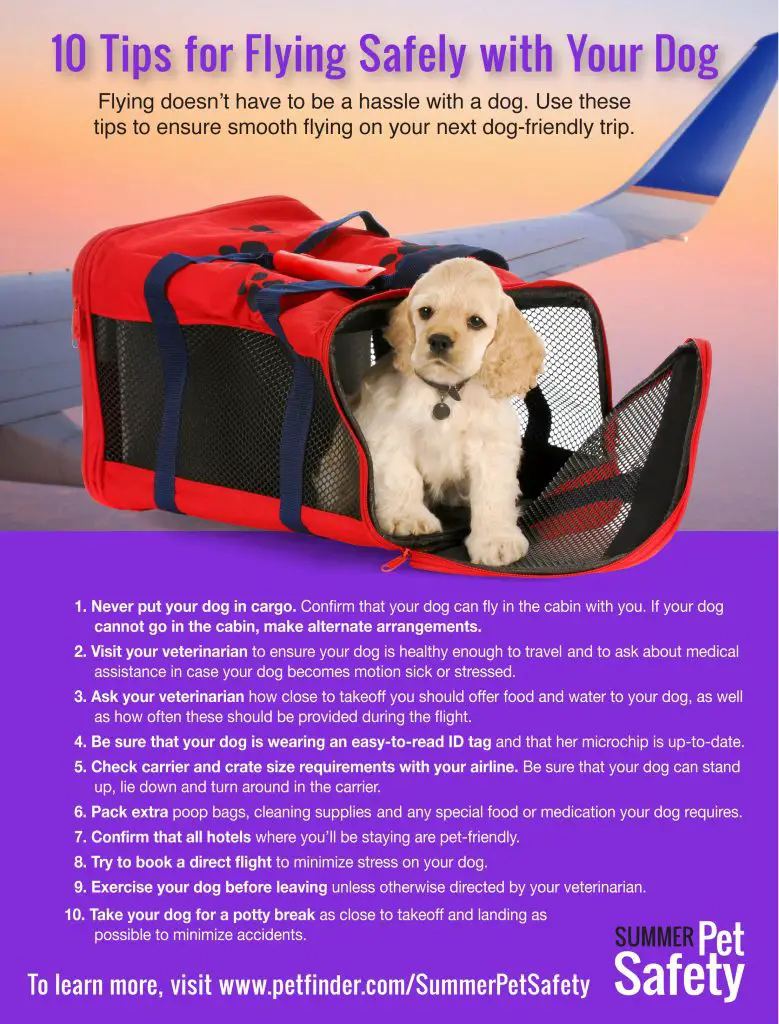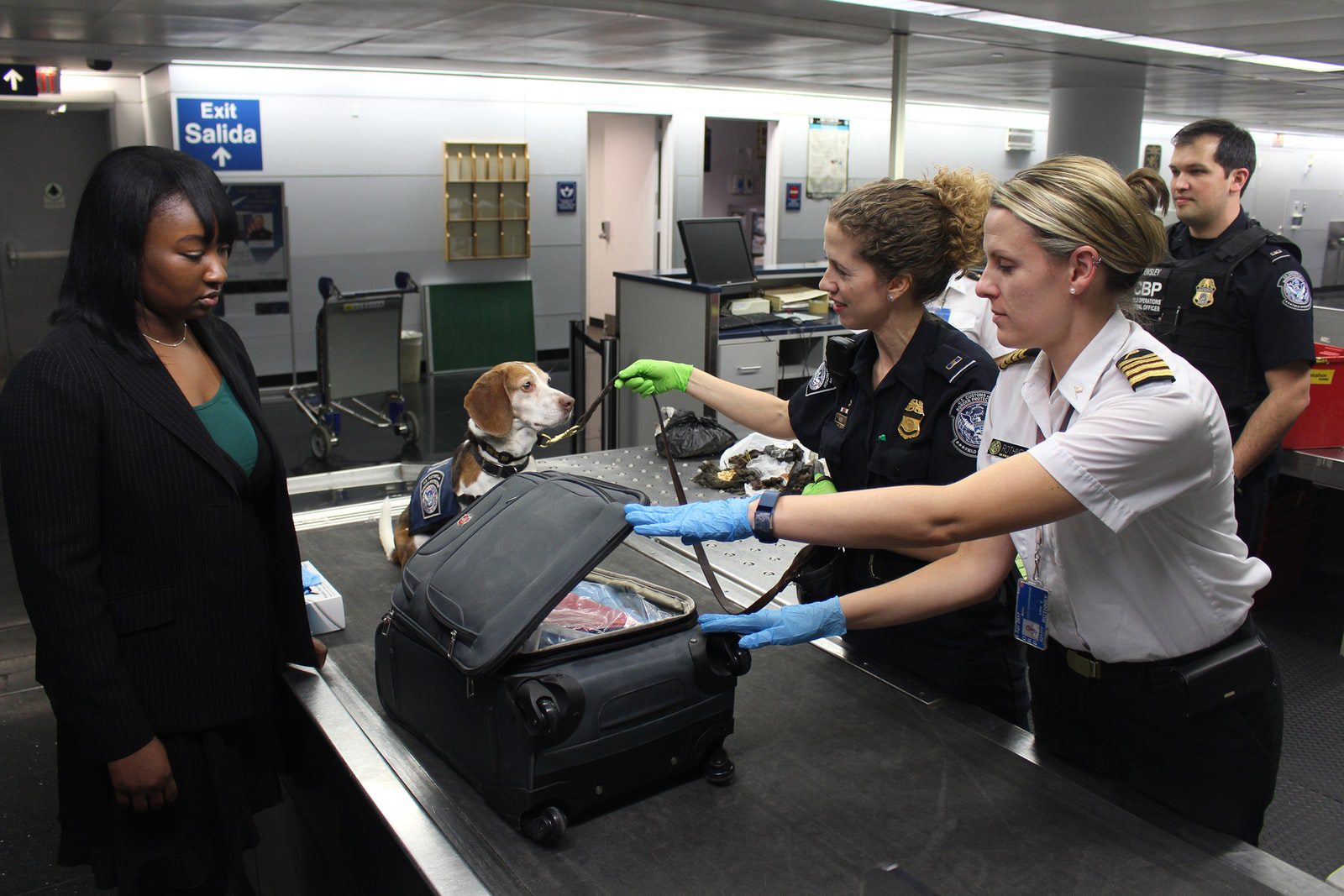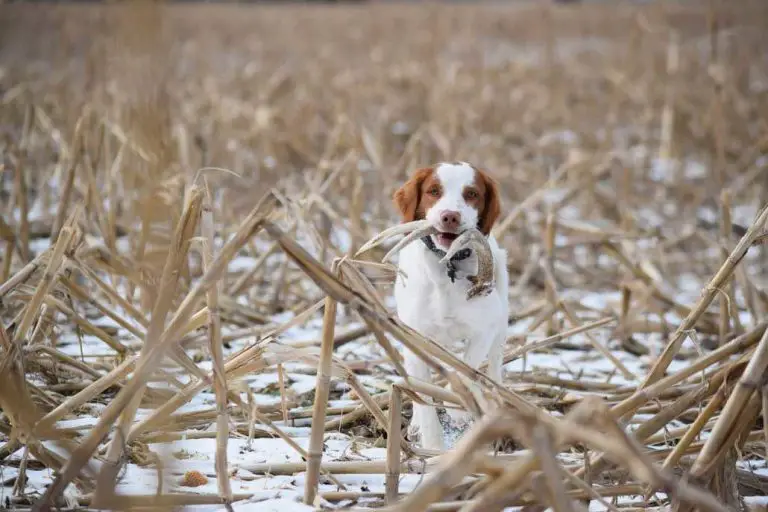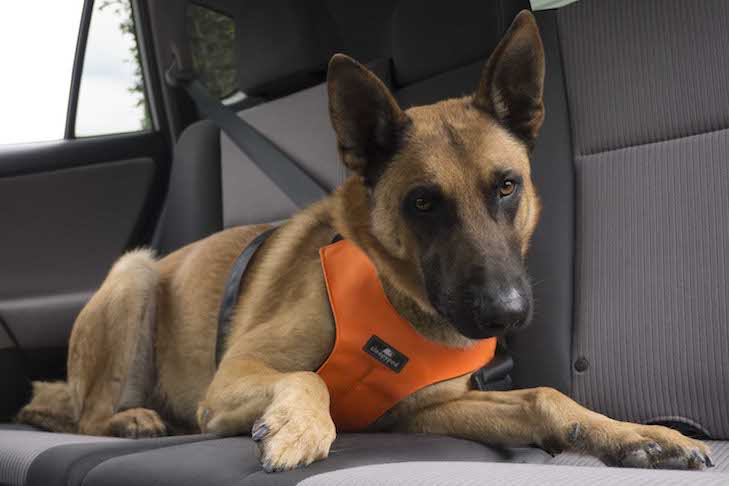Considering a long vacation with you best bud, Toby? Yeah, it’s totally not in the cards to leave your little pooch behind when you go exploring new vistas, right?
So here’s the deal:
Travelling by air with your canine bestie is not the best idea. Why? Because it is mentally and physically stressful for you pet.
But if you cannot help it and you really have to take Toby along with you over the clouds, here are a few things to keep in mind.
What do you do on the Day of Departure?

There are Health Requirements
It’s crucial to get your dog shown to a vet before you take that flight. Schedule an appointment with a vet a few weeks before your date of travel, this allows for enough time to treat any minor health conditions before the dog undertakes a stressful flight (Yes- dogs find it stressful, no matter the duration of the flight).
The US Department of Agriculture, requires that your pet be at least 8 weeks old and fully weaned before travelling. All pets traveling out of the United States should be certified healthy by their vet in what is called Veterinary Health Certificate. A Pre-travel checklist is particularly useful to get a handle on the information used to plan for the pet’s trip and complete the process for obtaining a health certificate.
All dogs (with the exception of guide dogs) should have valid health certifications and rabies immunization issued by a licensed veterinarian within 30 days of travel. If your dog is traveling via cargo, the health certificate should be issued no earlier than 10 days before departure.
This is an important document to hold in order to comply with the rules of various airlines. Your vet will be able to complete this form for you.
As with most things about flying your pet, it is always a good idea to call the airline that you choose to fly to check with them about any specific requirements with regard to health certifications. The earlier you start the better prepared you will be.
Some pug-nosed dog breeds such as Boxers, Boston Terriers, Tzi Shuhs, Bulldogs, and Pugs are not well suited to fly. This is because they would have difficulty breathing under pressurized conditions.
If you use a kennel or crate to transport your dog, make sure that your dog’s crate fulfills the requirements that the airline lists out. These requirements vary for different airlines. Again, calling the airline and understanding these requirements is an important step before booking yourselves in.
Where Should your Dog go, Cargo or Cabin?
Depending on the airline,I f your dog is a small breed weighing less than 20 pounds then it can go in its carrier and be kept under the seat in front of you. However, the space under the seat varies depending on the aircraft. So it’s wise to check with the airline, about the dimensions of the carrier before you board the plane.
image source: United Airlines
Different airlines have different requirements for travelling with your pets on flight. This link is a useful place to start if you wanted information on specific airlines and their pet travel policies. Also, preparation for air travel with little Toby or big boy Toby requires financial planning amongst all the other planning and preparation that goes into planning that memorable vacation. Compare your data and see what has the best bang for your buck, and of course ensuring Toby’s comfort as well.
As a rule of thumb though, it is generally advised that if your dog is a small breed weighing less than 20 pounds then it can go in its carrier and be kept under the seat in front of you. However, the space under the seat varies depending on the aircraft. So (again) it’s wise to check with the airline, about the dimensions of the carrier before you board the plane.
Depending on the airline, you may have to buy a ticket for your pet. Carrying your pet with you in the carrier, counts as carry-on luggage. Any other bags you may have will need to be checked in.
Bigger dogs(if they’re not guide dogs or service dogs) unfortunately do not have the luxury of travelling First class or even Economy, unlike their smaller counterparts. Given their size the only option for dogs weighing over 20 pounds is to travel in the under belly of the plane with the other cargo.
It’s important to note that not all airlines will transport dogs as cargo. It is useful, therefore, to check beforehand with your airline if you can check in your pet as cargo. Again, every airline has different requirements about the size and dimensions of the crate in which you transport your dog. Aside from the size dimensions of the crate, it is absolutely crucial to acclimate your dog to the crate long before the actual journey.

If you Check in Your Dog as Cargo, don’t Forget to :
- Label your dogs kennel with your contact information
- Write ‘Live Animal’ on top and on the side of the kennel. Draw arrows or write ‘This side up’ on both sides of the kennel.
- Cushion the kennel floor with soft absorbent material or bedding.
- Attach empty food and water dishes inside of the kennel and ensure that they can be accessed from the outside.
- The carriers or kennels must be big enough for the animal to stand, turn or lie down comfortably. If the carrier does not allow the pet to do this, the airline can refuse to transport the pet.
What Does it Cost You to Fly your Dog?
It is not cheap to fly your pets. The big airlines in the US charge around $125 each way for an in-cabin pet. However, if you choose to fly Southwest or Jetblue, the cost is relatively cheaper (around $95 and $100, respectively.)
It’s important to remember that an in-cabin pet means that you will have to check in your other luggage. That may cost you additionally depending on the airline you choose.
If you choose to check in your dog as cargo, that is not cheap either. It costs approximately $200 each way. There would be an additional cost or a pet fee if there is a layover for more than a few hours.
What Do you Do Before the Date of Departure?
Book a non-stop flight if possible. This way you can be sure that your pet will not be left alone on the tarmac during layovers or mishandled by baggage personnel during a layover. In the interest of your pet, try to avoid travelling during holiday season. Large crowds can stress out your pet even more.
Don’t sedate your pet before a journey. Using an all-natural is advisable. Make sure that the you provide food and water dishes in the kennel that can be accessed from outside. The evening before departure, freeze a dish of water for your dog. That will prevent it from spilling. Once the water eventually melts, the dog can drink the water and stay hydrated during the flight. Refrain from feeding your dog too much before the flight. A full stomach can cause discomfort for a travelling pet.
What Do You Do on the Day of Departure?
It never hurts to get to the airport early, more so when you have a canine companion. If your dog is flying with you in the cabin, it’s easy- check in at the ticket counter. If the big fella has to go an cargo, it’s important you check with the airline about where to drop your pet.
There is also a security screening that your dog will have to go through. The kennel or carrier goes on the conveyor belt, through the X-ray machine. For the dog, the process is similar to its human companions, and it will have to be led on leash through a metal detector.
For people that live in Canada, this blog helps to learn about regulations in Canada.







